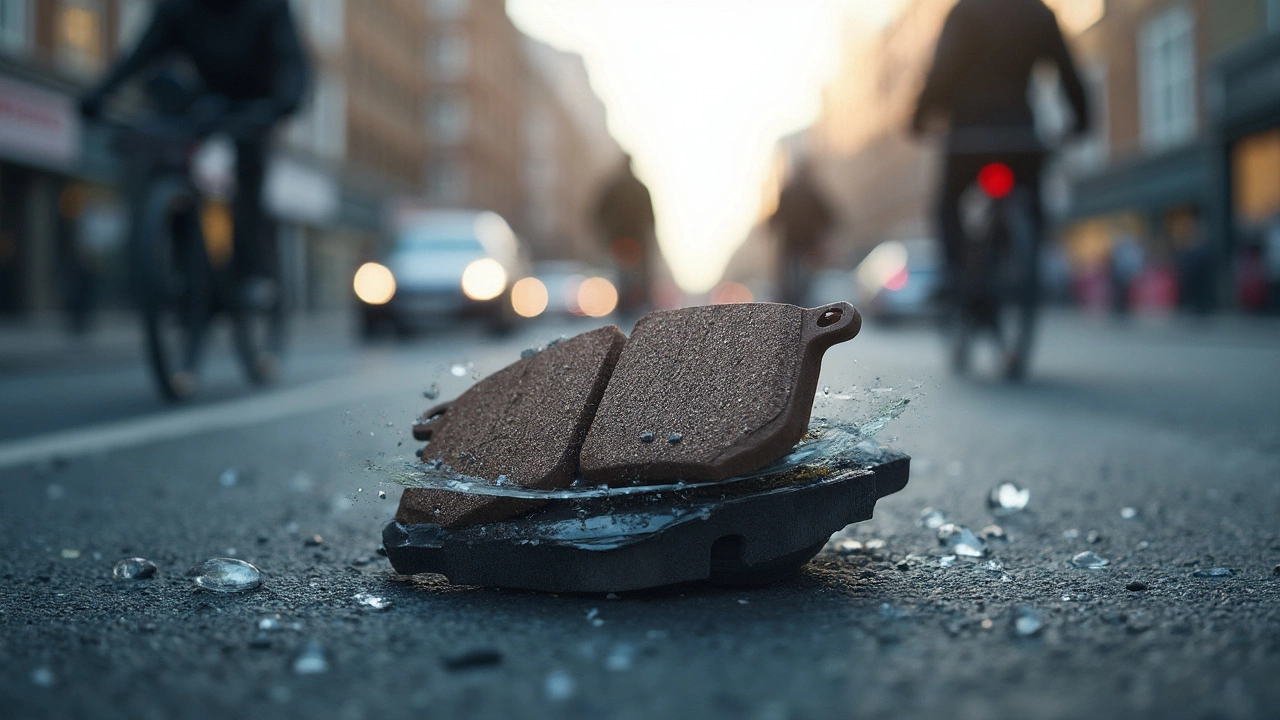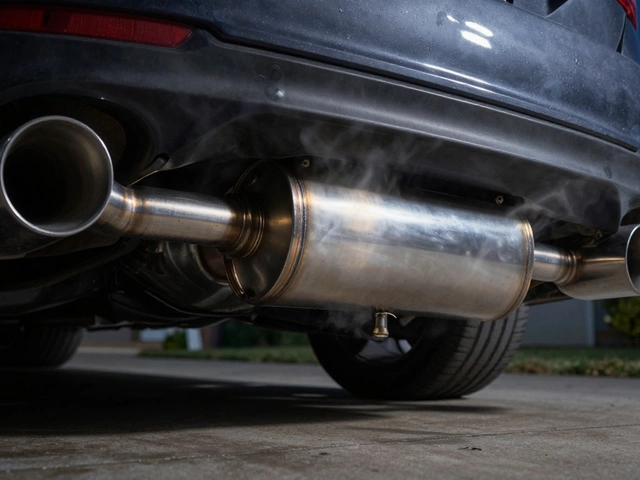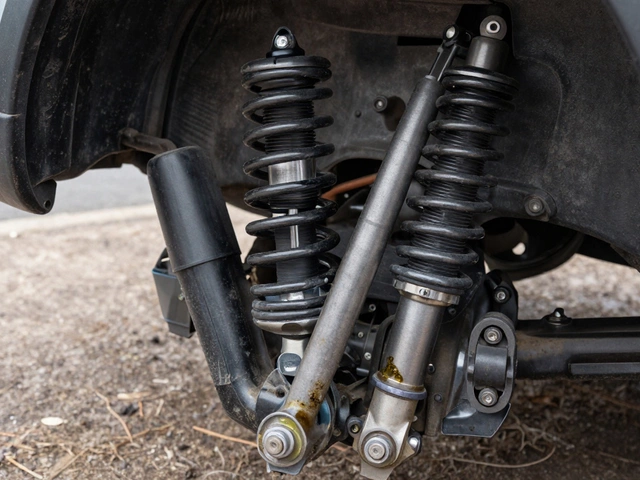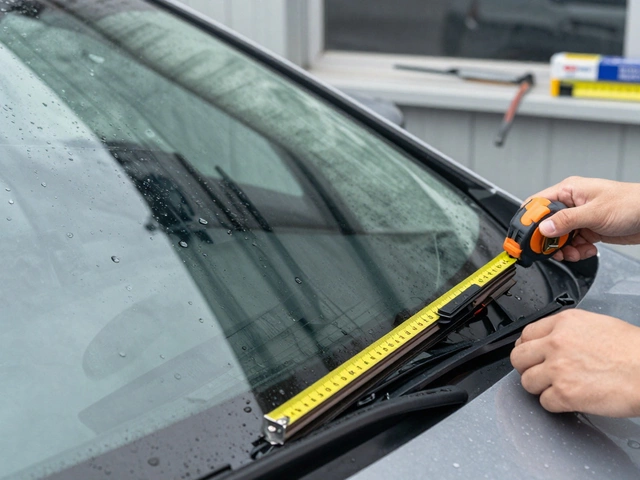Brake Life: How Long Do Your Brakes Last and When to Replace Them
When it comes to your car’s safety, nothing matters more than brake life, the period your brake system remains effective before wearing out to a dangerous level. Also known as brake system lifespan, it’s not just about how many miles you’ve driven—it’s about how those miles have worn down the parts that stop your car. A brake pad might last 30,000 miles, but if you drive mostly in stop-and-go traffic or haul heavy loads, it could be half that. And if you ignore the warning signs, you’re not just risking a repair bill—you’re risking your life.
Your brakes don’t work alone. They rely on brake pads, the friction material that clamps against the rotors to slow the wheels, and brake rotors, the metal discs that spin with your wheels and get ground down by the pads. These two parts wear together, and their condition tells you everything about your brake life. If you hear a high-pitched squeal, that’s the wear indicator on the pad screaming for help. If you feel a vibration when you brake, your rotor might be warped or unevenly worn. And if your car pulls to one side when stopping, one brake is doing more work than the other—likely because one pad is worn out faster.
Many drivers think they can wait until the brakes feel "really bad" before acting. But by then, you’re probably damaging the rotors, which cost way more to replace than pads. Some people try to stretch brake life by ignoring noises or skipping inspections. But brake systems don’t fail suddenly—they fade slowly. You might not notice the extra distance it takes to stop until you’re in an emergency. That’s why knowing the signs matters more than the mileage. Check your pads every 10,000 miles. Look for thinning material—under 3mm and it’s time. Feel for pulsing or grinding. Listen for metal-on-metal sounds. These aren’t myths; they’re real, measurable warnings backed by every mechanic who’s ever pulled a set of worn brakes.
What affects brake life? Your driving style. Heavy braking. Frequent city driving. Towing. Even the type of brake pad you use—ceramic lasts longer than organic but costs more. And don’t forget the rotors. Some shops resurface them to save money, but if they’re too thin, that’s just delaying the inevitable. Replacing pads without checking the rotors is like putting new tires on a bent rim. It might seem fine at first, but it won’t last.
Below, you’ll find real, practical guides from drivers and mechanics who’ve been there. From how to check your rotors yourself to when you can skip replacing them, and what actually happens when you wait too long—this collection cuts through the noise. No fluff. No upsells. Just what you need to know to keep your brakes working safely and avoid expensive mistakes.





